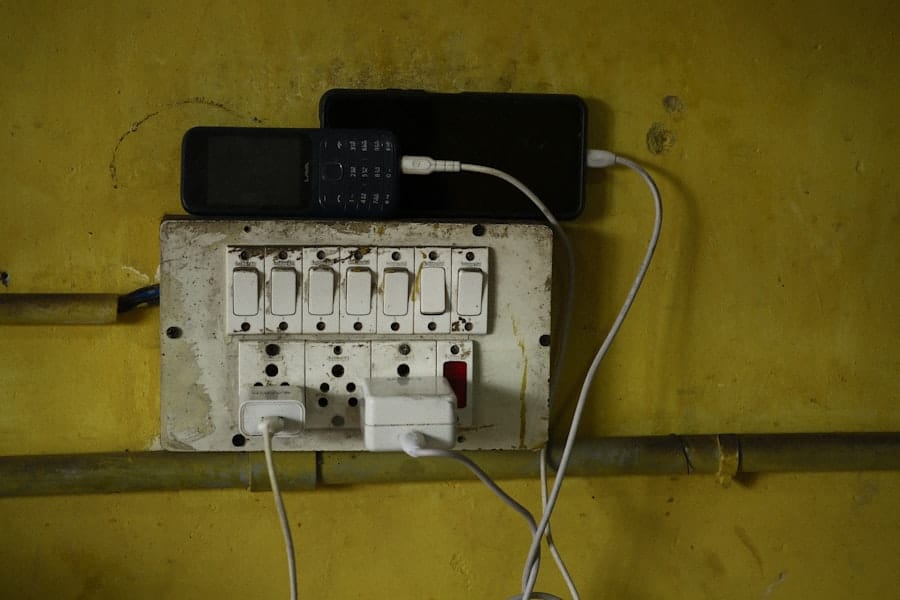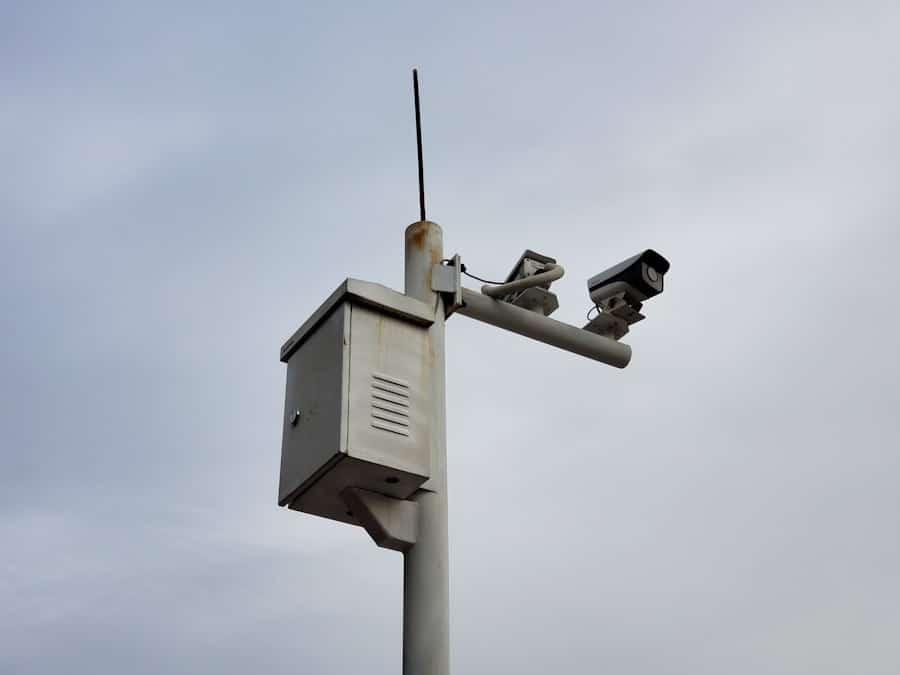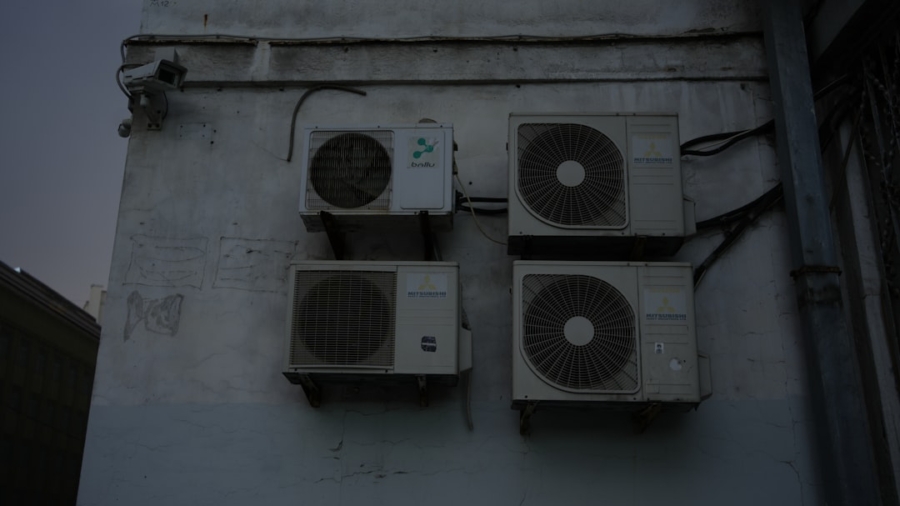The Internet of Things (IoT) has emerged as a transformative force across various sectors, fundamentally altering how we interact with technology and manage resources. At its core, IoT refers to the network of interconnected devices that communicate and exchange data over the internet, enabling smarter decision-making and enhanced operational efficiency. In the realm of utility monitoring, IoT plays a pivotal role by providing real-time insights into energy, water, and gas consumption.
This shift from traditional monitoring methods to IoT-enabled systems allows utility providers and consumers alike to optimize resource usage, reduce waste, and improve overall service delivery. Utility monitoring encompasses the tracking and management of essential services such as electricity, water, and gas. Historically, this process relied on manual readings and periodic assessments, which often led to inefficiencies and inaccuracies.
The integration of IoT technology into utility monitoring systems has revolutionized this landscape by facilitating continuous data collection and analysis. With smart meters and connected sensors deployed across utility networks, stakeholders can gain unprecedented visibility into consumption patterns, detect anomalies, and respond proactively to issues. This evolution not only enhances operational efficiency but also empowers consumers to make informed decisions about their resource usage.
Key Takeaways
- IoT enables real-time monitoring of utilities, providing valuable data for analysis and management.
- Real-time utility monitoring with IoT offers benefits such as cost savings, improved efficiency, and proactive maintenance.
- Various IoT devices, such as smart meters and sensors, are used for real-time utility monitoring.
- Data collection and analysis in real-time utility monitoring allows for better decision-making and resource optimization.
- Integration of IoT with utility management systems enhances overall operational efficiency and effectiveness.
Benefits of Real-Time Utility Monitoring with IoT
One of the most significant advantages of real-time utility monitoring through IoT is the ability to provide immediate feedback on consumption patterns. This instantaneous data allows both utility providers and consumers to identify trends and anomalies as they occur. For instance, a household can receive alerts about unusual spikes in water usage, prompting them to investigate potential leaks or inefficiencies.
Similarly, utility companies can monitor grid performance in real-time, enabling them to address outages or service disruptions swiftly. This proactive approach minimizes downtime and enhances customer satisfaction. Moreover, real-time monitoring contributes to significant cost savings for both utilities and consumers.
By leveraging IoT technology, utilities can optimize their operations, reducing the need for manual meter readings and minimizing labor costs. Additionally, real-time data enables utilities to implement dynamic pricing models that reflect actual demand, encouraging consumers to adjust their usage during peak times. This not only helps in flattening demand curves but also promotes energy conservation among users.
As a result, both parties benefit from reduced operational costs and improved resource management.
IoT Devices for Real-Time Utility Monitoring

The landscape of IoT devices designed for real-time utility monitoring is diverse and continually evolving. Smart meters are perhaps the most recognizable examples, equipped with advanced sensors that measure energy or water consumption in real-time. These devices transmit data directly to utility providers, eliminating the need for manual readings and enabling accurate billing based on actual usage rather than estimates.
Smart meters can also provide consumers with detailed insights into their consumption habits through user-friendly applications, fostering greater awareness and encouraging energy-saving behaviors. In addition to smart meters, a variety of sensors and devices are employed in utility monitoring systems. For instance, pressure sensors in water distribution networks can detect leaks by monitoring fluctuations in pressure levels.
Similarly, temperature sensors can be used in HVAC systems to optimize energy usage based on real-time environmental conditions. These devices work in tandem with cloud-based platforms that aggregate and analyze data from multiple sources, providing a comprehensive view of utility performance. The integration of these technologies not only enhances monitoring capabilities but also supports predictive maintenance strategies that can preemptively address potential issues before they escalate.
Data Collection and Analysis in Real-Time Utility Monitoring
Data collection is a cornerstone of effective real-time utility monitoring. IoT devices continuously gather vast amounts of data related to consumption patterns, system performance, and environmental conditions. This data is transmitted to centralized platforms where it is aggregated and analyzed using advanced analytics tools.
The ability to process large datasets in real-time enables utilities to derive actionable insights that inform decision-making processes. Advanced analytics techniques such as machine learning and artificial intelligence are increasingly being employed to enhance data analysis capabilities. These technologies can identify patterns and correlations within the data that may not be immediately apparent through traditional analysis methods.
For example, machine learning algorithms can predict future consumption trends based on historical data, allowing utilities to optimize resource allocation and improve demand forecasting accuracy. Furthermore, predictive analytics can help identify potential equipment failures before they occur, enabling proactive maintenance strategies that reduce downtime and extend the lifespan of critical infrastructure.
Integration of IoT with Utility Management Systems
The integration of IoT technology with existing utility management systems is essential for maximizing the benefits of real-time monitoring. Utility management systems serve as the backbone for operational processes, encompassing everything from billing and customer service to asset management and outage response. By incorporating IoT data into these systems, utilities can achieve a more holistic view of their operations.
For instance, integrating real-time consumption data from smart meters into billing systems allows for more accurate invoicing based on actual usage rather than estimated readings. This not only enhances customer satisfaction but also reduces disputes related to billing inaccuracies. Additionally, integrating IoT data with asset management systems enables utilities to monitor the health of infrastructure components in real-time.
This visibility allows for more informed decision-making regarding maintenance schedules and capital investments, ultimately leading to improved service reliability.
Challenges and Solutions in Implementing IoT for Real-Time Utility Monitoring

Despite the numerous benefits associated with IoT-enabled utility monitoring, several challenges must be addressed during implementation. One significant hurdle is the issue of data security and privacy. As more devices become interconnected, the risk of cyberattacks increases, potentially compromising sensitive consumer information or disrupting critical infrastructure.
Utilities must invest in robust cybersecurity measures to protect their systems from unauthorized access and ensure compliance with regulatory standards.
With a multitude of manufacturers producing various devices, ensuring seamless communication between these systems can be complex.
To address this issue, industry standards and protocols must be established to facilitate interoperability among devices from different vendors. Additionally, utilities should consider adopting open-source platforms that allow for greater flexibility in integrating new technologies as they emerge.
Case Studies of Successful IoT Implementation in Utility Monitoring
Several utilities around the world have successfully implemented IoT solutions for real-time monitoring, showcasing the transformative potential of this technology. One notable example is the city of San Diego, California, which deployed a smart water metering system that utilizes IoT technology to monitor water consumption across its service area. By equipping residential and commercial properties with smart meters, San Diego has been able to reduce water loss due to leaks by 20%, resulting in significant cost savings for both the city and its residents.
The utility company has implemented an advanced metering infrastructure (AMI) that leverages IoT technology to provide real-time data on electricity consumption. This system has enabled PG&E to enhance grid reliability by quickly identifying outages and deploying repair crews more efficiently.
Furthermore, customers benefit from detailed insights into their energy usage patterns through an online portal, empowering them to make informed decisions about their consumption habits.
Future Trends in IoT for Real-Time Utility Monitoring
As technology continues to evolve, several trends are emerging that will shape the future of IoT in real-time utility monitoring. One such trend is the increasing adoption of edge computing solutions. By processing data closer to where it is generated—at the edge of the network—utilities can reduce latency and improve response times for critical applications.
This shift will enable even more sophisticated real-time analytics capabilities while alleviating some of the bandwidth constraints associated with transmitting large volumes of data to centralized cloud platforms. Additionally, advancements in artificial intelligence will further enhance predictive analytics capabilities within utility monitoring systems. As machine learning algorithms become more sophisticated, utilities will be able to leverage these tools for more accurate demand forecasting and anomaly detection.
This will not only improve operational efficiency but also support sustainability initiatives by promoting more responsible resource usage among consumers. The integration of renewable energy sources into utility grids is another trend that will influence the future landscape of IoT-enabled monitoring systems. As more utilities incorporate solar panels, wind turbines, and other renewable technologies into their operations, real-time monitoring will be essential for managing these variable energy sources effectively.
IoT solutions will play a crucial role in balancing supply and demand while ensuring grid stability in an increasingly decentralized energy landscape. In summary, the intersection of IoT technology with utility monitoring represents a significant advancement in how we manage essential resources. The benefits of real-time monitoring are profound, offering enhanced efficiency, cost savings, and improved customer engagement while addressing challenges related to security and interoperability through strategic solutions.
As we look ahead, ongoing innovations will continue to shape this field, paving the way for smarter cities and more sustainable resource management practices.
In the realm of technological advancements, the Internet of Things (IoT) plays a pivotal role in enhancing real-time utility monitoring, offering unprecedented insights and efficiencies. A related article that delves into the broader spectrum of technology is The Best Android Apps for 2023. This article explores the latest applications that leverage cutting-edge technology, much like IoT, to improve user experience and functionality. By understanding the innovations in Android apps, one can gain a deeper appreciation for how interconnected devices and smart applications are shaping the future of utility management and beyond.
FAQs
What is IoT?
IoT stands for Internet of Things, which refers to the network of physical devices, vehicles, home appliances, and other items embedded with electronics, software, sensors, and connectivity that enables them to connect and exchange data.
How does IoT support real-time utility monitoring?
IoT supports real-time utility monitoring by enabling the collection of data from various utility systems such as electricity, water, and gas meters through sensors and devices. This data is then transmitted to a central system in real-time, allowing for immediate monitoring and analysis of utility usage.
What are the benefits of using IoT for real-time utility monitoring?
Some benefits of using IoT for real-time utility monitoring include improved efficiency in utility usage, early detection of issues or anomalies, better resource management, and the ability to make data-driven decisions for optimizing utility systems.
What types of utility systems can be monitored using IoT?
IoT can be used to monitor a wide range of utility systems, including electricity, water, gas, heating, ventilation, and air conditioning (HVAC), as well as renewable energy sources such as solar panels and wind turbines.
How does IoT technology enable real-time monitoring of utility systems?
IoT technology enables real-time monitoring of utility systems by utilizing sensors and devices to collect data on utility usage, transmitting this data to a central system through wireless or wired connections, and providing real-time analytics and insights for monitoring and managing utility systems.

